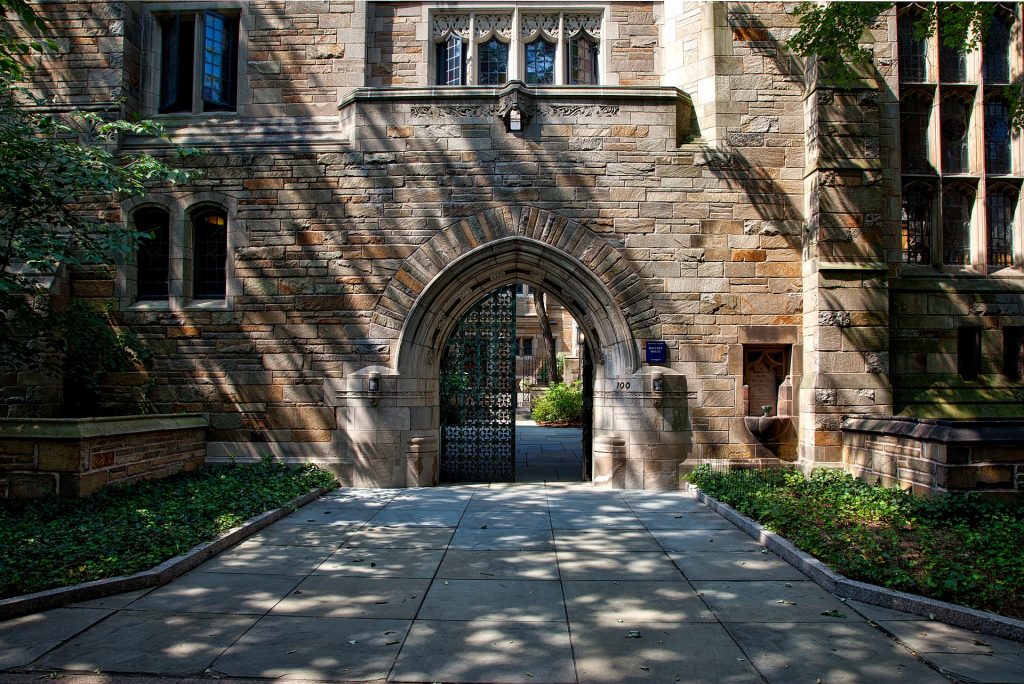The LSAT: Everything You Need to Know
Awesome post on USA Today College by Jeff Thomas, a Kaplan LSAT Instructor. If you are considering law school, you should start to get familiar with the LSAT sooner rather than later. It is not an easy test, but with proper prep and practice (start early!!!), most students are able to hit their score goals.
WHAT TO EXPECT.
The first two sections of the LSAT are logical reasoning. Students will have 24 to 26 questions for each section and they will have 35 minutes per section. Students are presented with short one-paragraph arguments and have to answer multiple-choice questions, such as which answers strengthen the argument, weaken the argument and what the assumption is of the argument. These two sections account for 50 percent of the LSAT score so it’s important to master these skills.
The second section is the analytical reasoning section, commonly called logic games. Students will be given four mini puzzles or games. Each of these puzzles will have 5 to 7 questions that the students need to answer. They will have 35 minutes to complete this section.
Thomas said students get a little freaked out by that section, but the good news is that the logic games only make up about 23 percent of the LSAT score. More good news: Thomas said it’s the section he sees students have the greatest improvements on through the studying process.
The last scored section is reading comprehension. Thomas said this section is similar to what students have encountered on the ACT or SAT. According to Thomas, many students are overconfident in their reading comprehension abilities. He said this was the section they struggled improving on the most because they often have to change the approach of how they read and answer these questions. Students will be tested on their ability to decipher different arguments, points of view and the use of evidence. Students will be given four long passages around 500 words each and they will have to answer 5 to 8 questions on each passage. As with other sections, they will have 35 minutes to finish. Reading comprehension accounts for 27 percent of the LSAT score.
Last, there is an unscored essay where students will choose between one or two alternatives and defend their position with some evidence that’s provided by the facts of a case, Thomas said. This essay is included in every law school application to get a sense of how well a student can write. With that said, Thomas believes it is pretty insignificant. This essay is mainly just a chance for students to showcase their writing abilities.
Unlike the other graduate school exams, the LSAT is offered fairly infrequently. Students can only take the test four times a year — in June, early fall (late September to early October), December and February. Law schools work on a rolling admissions process where they start accepting and reviewing applications in the early fall and they continue to do this until late spring to fill the next year’s class. So basically it’s first come, first served, which is why Thomas advises students to take the test early on in June. This puts students ahead of a lot of their competition because most wait to take the LSAT in fall.
Besides studying and taking practice exams for 100-plus hours over two to three months, students can improve their scores in a variety of ways. Thomas tells students it’s a good idea to take undergraduate classes in philosophy so they can improve their logical thinking skills.
Also, while taking the LSAT, students should never leave a question unanswered because guessing incorrectly won’t hurt your score any more than if you had just left it blank.
Thanks, USA Today College!
Need help with LSAT prep? Contact us!
*Stay in the know! Subscribe for college admissions news, tips, and advice*





